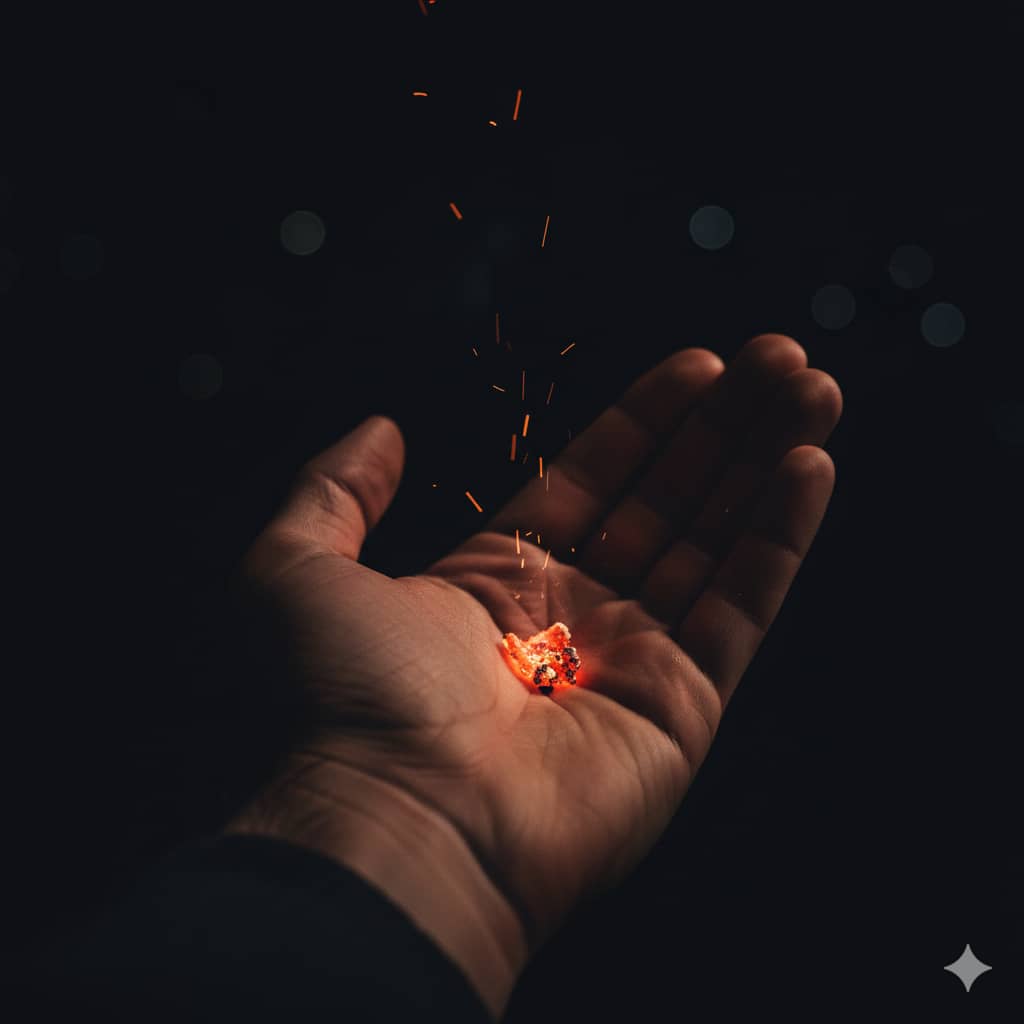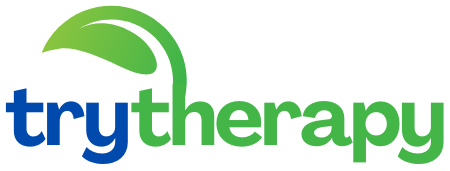For most of my adult life, I viewed my anxiety as a malfunction. It was a glitch in my system, a faulty alarm bell that rang too often and too loudly for no discernible reason. My pursuit of peace was a war against this internal enemy. I tried everything to quiet the noise: breathing techniques to calm my body, cognitive exercises to challenge my thoughts, and a relentless search for the perfect, secure life where nothing could ever go wrong. These tools helped me survive, but they never led me to truly live. I was a prisoner in a fortress of my own making, and the anxiety was the guard I had hired to keep me safe, who had instead become my warden. I spent years trying to manage my anxiety, to silence its screams. Existential therapy taught me to listen to its message instead. This is how I learned to stop fighting my fear of life’s big questions and start embracing them. The turning point came when a therapist, after listening to my long list of fears, of failure, of insignificance, of death, leaned forward and asked a question that would unravel everything: “What if your anxiety is not the problem? What if it is a signal that you are fully, painfully, and beautifully human?”
This was my introduction to existential therapy, a approach that does not pathologize anxiety but contextualizes it. My therapist explained that existential anxiety is not a disorder to be cured; it is an inevitable response to the fundamental conditions of human existence, what philosophers call “givens.” The first is the given of freedom and responsibility. We are, in a profound sense, the authors of our own lives. Every choice, from the career we pursue to how we treat a stranger, is ours to make. This boundless freedom is not liberating; it is terrifying. My anxiety about making the “wrong” choice was not irrational; it was a natural weight of this responsibility. I was anxious because the stakes of my own life were, in fact, incredibly high. My therapist did not teach me to avoid this feeling, but to sit with it, to recognize it as the dizzying price of my own autonomy.
The second given we confronted was the inevitability of death. I had spent years trying to outrun this truth, building a life designed to be safe and predictable. My anxiety was the chink in that armor, the constant, whispering reminder that no matter how many safety protocols I put in place, I was ultimately vulnerable and temporary. Existential therapy did not offer me comforting lies about an afterlife. Instead, it proposed a radical idea: the awareness of death is the very thing that can make life meaningful. We explored the concept of “being-toward-death.” My therapist asked me to imagine my own finitude not as a threat, but as a deadline. If my time is limited, how do I want to spend it? What is important enough to do, even in the face of my fear? This was not a morbid exercise. It was the most liberating question I had ever been asked. My anxiety about death began to transform from a paralyzing fear into a urgent call to engagement. It was the engine, not the anchor.

The third given, and perhaps the one that resonated most deeply, was the search for meaning in a world that often seems indifferent. I felt a persistent anxiety that my life was a series of random events, that my work did not matter, and that I was ultimately alone. My therapist reframed this as a confrontation with existential isolation. He explained that while we crave absolute connection and a meaning handed to us from the universe, we must ultimately create our own. Meaning is not found; it is built. We do not discover the purpose of our life; we assign it purpose through our actions, our relationships, and our commitments. My anxiety was the fuel for this search. It was the restless energy that would not let me settle for a life of quiet desperation. I began to see my anxiety not as a symptom of something broken, but as the proof of my desire for a significant life. It was the compass pointing toward what truly mattered to me, even if the path was uncertain.
Existential therapy did not give me a toolkit to manage my anxiety. It gave me a new relationship with it. I no longer see it as an enemy to be defeated. I see it as a difficult, but honest, conversation with the realities of my own existence. The fear of freedom reminds me that my choices are powerful. The fear of death reminds me that my time is precious. The fear of meaninglessness reminds me that my values are my own to create and uphold. The panic attacks did not vanish, but they lost their power over me. When anxiety arises now, I no longer frantically try to make it stop. I pause. I ask it, “What are you trying to tell me? What value are you protecting? What possibility are you fearing?” In that space of curiosity, something miraculous happens. The anxiety, having been heard, often softens. It integrates. It becomes a part of me, not a predator stalking me. I have learned that the goal is not a life without anxiety. The goal is a life of courage, the courage to be, fully and freely, in spite of it, and perhaps even because of it.
References:
Dirasat: Educational Sciences. (2021). The effectiveness of counseling program based on existential therapy in reducing future anxiety among high school students. Retrieved from https://dsr.ju.edu.jo/djournals/index.php/Edu/article/view/2599
Sabzevari, P. (2022). The effectiveness of existential therapy intervention on coronavirus-related anxiety and death anxiety. Clinical study. Retrieved from https://ccij-online.org/article/view/265
Balogh, L., et al. (2021). Crosstalk between existential phenomenological psychotherapy and anxiety treatment: Clinical evidence from meaning-centered psychotherapy. *Palliative & Supportive Care.* https://pmc.ncbi.nlm.nih.gov/articles/PMC7965535/
Cleveland Clinic. (2025). Existential therapy: What it is, what it treats, and limitations. Retrieved from https://my.clevelandclinic.org/health/treatments/21913-existential-therapy
Menzies, R.G. (2024). Existential therapies and anxiety: Theoretical and clinical insights. *Journal of Anxiety Disorders*, 78, 102412. https://doi.org/10.1016/j.janxdis.2021.102412

